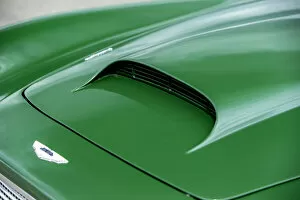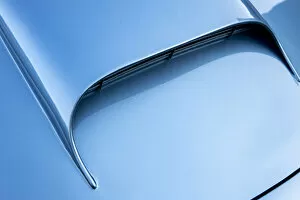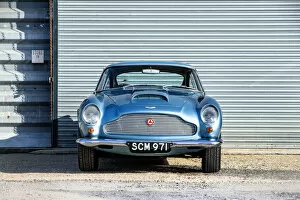Air Intake Collection
The air intake of a 1961 Aston Martin DB4 GT previously owned by Donald Campbell is a sight to behold
For sale as Licensed Images
Choose your image, Select your licence and Download the media
The air intake of a 1961 Aston Martin DB4 GT previously owned by Donald Campbell is a sight to behold. This classic car, with its sleek design and powerful engine, demands attention. The air intake not only serves a functional purpose but also adds to the overall aesthetic appeal of this iconic vehicle. Similarly, the air intake of a 1961 Aston Martin DB4 GT SWB lightweight captures the essence of automotive craftsmanship. With an unknown creator behind its design, this masterpiece showcases the perfect blend of form and function. The front view reveals every intricate detail that went into creating this work of art. In contrast to these stunning automobiles, sketches in the Ventilation Department under the House of Commons provide insight into another type system. Engraved meticulously, these sketches demonstrate how even in seemingly mundane settings like government buildings, ventilation plays a crucial role in maintaining comfort and functionality. Moving away from cars and buildings, we come across an unexpected mention - Bell QF-63G-1-BE Kingcobra Pinball 45-57295. While it may seem unrelated at first glance, even pinball machines require proper airflow through their air intakes for optimal performance. Returning to our beloved Aston Martins once again, we encounter another example - a 2007 Aston Martin DBS with an unknown creator behind its design. Its sleek lines are accentuated by carefully placed air intakes that hint at the power lurking beneath its hood. But it's not just luxury sports cars that boast impressive air intakes; even everyday vehicles like the 2015 Mini Coopers 5 door feature them prominently. Though created by an unknown designer, these compact cars prove that style can be found in any size or shape. Taking us back in time is a reference to Rouen-Les-Essarts in 1976 - perhaps highlighting how racing circuits have evolved over time while still relying on efficient air intake systems for maximum performance.








